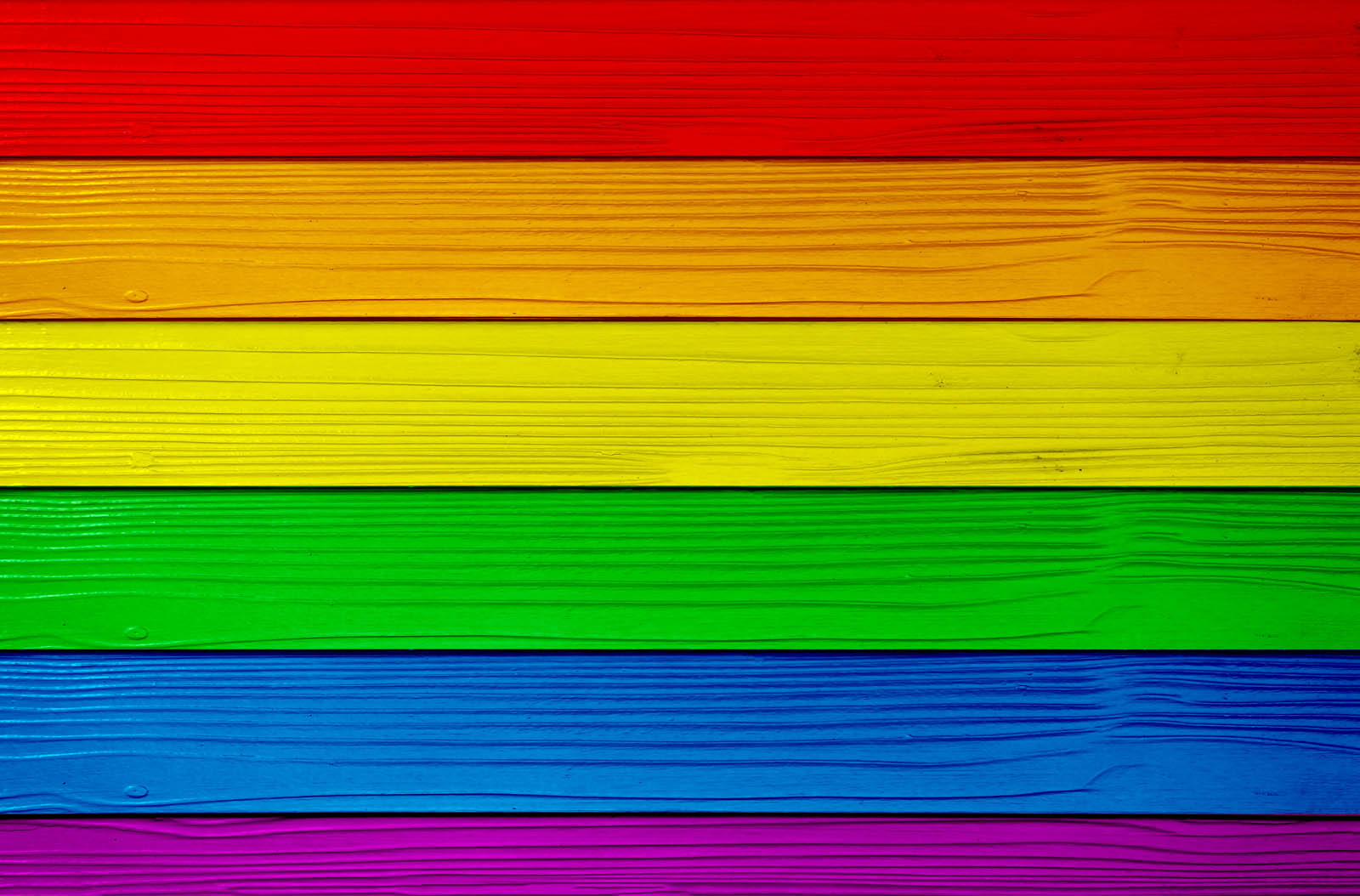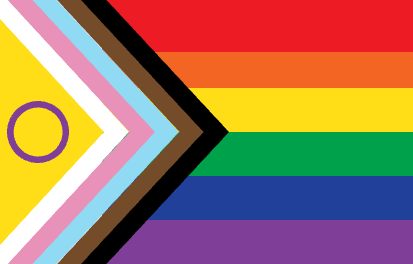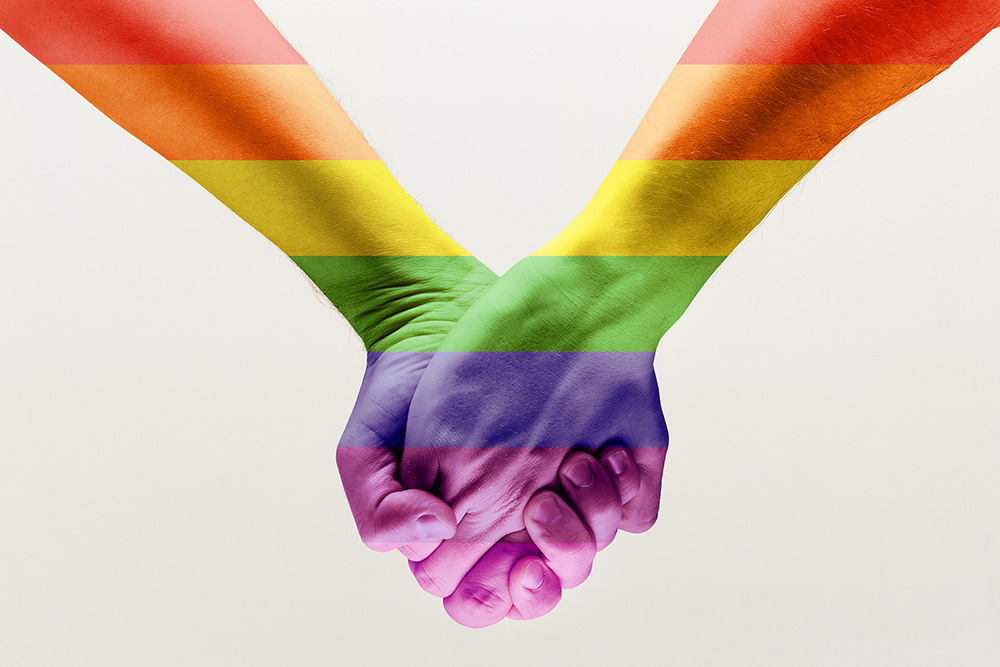
The Birth of Pride Month
Filed Under: LGBTQ+
Derek Bertelsen
Senior Project Manager, Field Services
How did pride month start?
While there were several events that led to the eventual creation of the modern-day Pride Month – the formation of the Society for Human Rights in Chicago in 1924, the creation of The Mattachine Society in Los Angeles in 1950, and the Compton Cafeteria riot of 1966 – it was the Stonewall Riots in Greenwich Village, New York City, that began the movement of change for the LGBTQ+ community. And we haven’t looked back since.

In the early morning hours of Saturday, June 28, police arrived at the front door of the Stonewall Inn’s double doors and proclaimed “Police! We’re taking the place!” There had been many bar raids in New York and other major cities for decades. And I’m sure some patrons stood up against their oppressors at times. But this event, placed squarely in the crosshairs of grassroots activism of the 1960s which included the Black Power movement, Radical Feminism, and the anti-war movement against the war in Vietnam, set the stage for change.
The raid did not go according to plan. Police marched bar patrons outside, but paddy wagons were late to arrive. A crowd of twenty turned into fifty. That number doubled, then tripled in size. A mix of gay, lesbian, and transgender bar patrons fought back with what they had. Loose change and beer bottles were thrown. Fearing for their own safety, the police eventually locked themselves inside the Stonewall Inn as the angry mob outside grew into the thousands. And that was just the first night.
Over the course of three nights, the riots grew. Activists gave speeches, and chants of “gay power” were projected. Some passed out pamphlets, while others worked to control the anger into a more collective movement. The New York Times, New York Post, and the Daily News covered the riots, with the Daily News placing coverage on the front page.
In the end, Stonewall was different. This was a more radical approach – in a more radical era – in which gay people demanded respect and equality, rather than asking for it. As one participant later said, “There was no going back now; there was no going back. We had discovered a power that we weren’t even aware that we had.”
One year after the riots occurred (1970), the Christopher Street Liberation Day resulted in a peaceful march which went from Greenwich Village to Central Park. That same year, Gay Pride marches took place in Chicago and Los Angeles. The year after that, the movement grew to Boston, Dallas, Milwaukee, London, Paris, and West Berlin. Today, Pride Month is celebrated by more people than those first activists ever imagined. In 2018, over one million people attended Chicago’s Pride Parade, one of the largest Pride parades in the US, and more are expected this year.

Immediately following the riots in 1969, the Stonewall’s patrons were still faced with police harassment and grew uncomfortable with the ‘angry mob’ affiliation. Eventually, the Stonewall Inn lasted only a few weeks after the riot. By October 1969, it was up for rent. Over the years, Stonewall became a juice bar, a Chinese restaurant, a bagel shop, and a clothing store. New owners took over the establishment in 2007; and on June 24, 2016, President Barack Obama designated the Stonewall Inn and the surrounding area a National Historic Landmark.
The Stonewall Inn is once again operating as a bar and club at 53 Christopher Street in Manhattan. I had a chance to visit a few summers ago and highly recommend stepping foot inside this historic place if you can.
Naturally, all are welcome.
explore featured
Case studies

